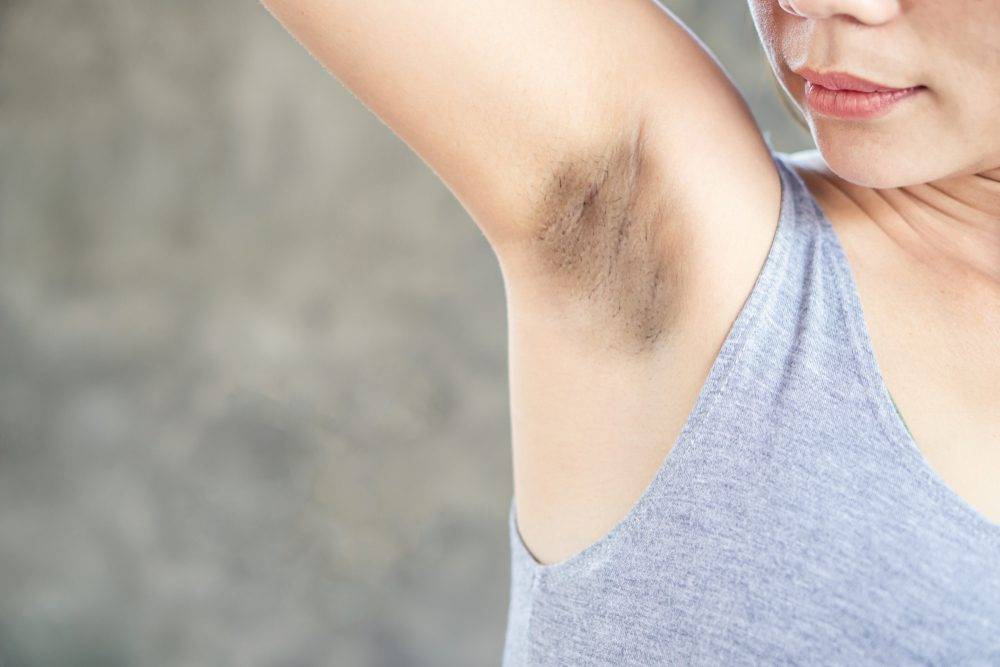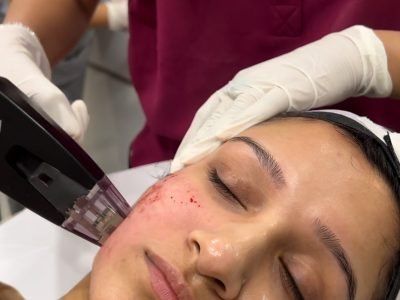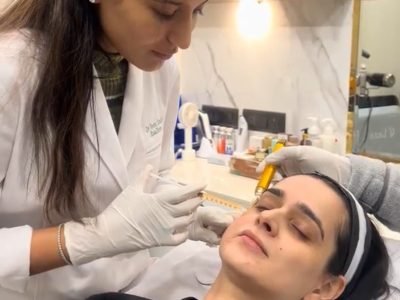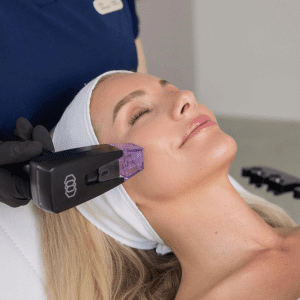
Dark Underarms: What Are They
The term “dark underarms” describes the noticeable discolouration or darkening of the skin beneath the arms. The condition exists medically without harm yet creates major psychological distress for those who have it. People who have medium to deeper skin tones, along with others, experience self-consciousness about wearing sleeveless clothing and swimwear and taking part in activities that expose their underarms.
Friction from clothing and shaving, combined with skin cell accumulation and discomfort from rough hair removal methods, leads to skin discolouration. Persistent skin discolouration results from hormonal conditions such as PCOS or insulin resistance, which drive melanin production. These modifications affect the skin underarms more easily because it remains thinner and more reactive while enduring constant mechanical and chemical pressure.
What Are The Causes Dark Underarms
Dark underarms develop from lifestyle decisions together with skincare practices and medical health conditions and inherited genetic traits. Underarm skin contains highly sensitive tissue, which leads melanin to increase its production and produce skin-darkening effects. The primary factors that lead to this condition are presented below:
The act of shaving causes tiny injuries to the skin, and tight clothing with synthetic materials creates continuous friction that damages the skin. The repeated stress from friction leads the skin to become rougher and darker because melanocytes produce more melanin to respond to the repeated stimuli.
Chemical Irritants And Deodorants
Underarm skin experiences irritation due to deodorants and antiperspirants because they contain alcohol together with potent scents and preservatives. Prolonged exposure to these substances results in inflammation or allergic reactions that cause post-inflammatory hyperpigmentation (PIH).
Buildup Of Dead Skin Cells
Underarm areas receive inadequate attention in standard skincare practices. When dead skin cells are not properly exfoliated, they trap perspiration and germs and debris, leading to accumulation. The accumulated debris creates pigmentation and dullness, which people sometimes mistake for permanent skin pigmentation.
Thyroid dysfunction, along with insulin resistance and PCOS, are some hormonal conditions that lead to the formation of thick, dark, velvety patches under the arms. Medical intervention becomes essential to treat acanthosis nigricans because cosmetics cannot address this type of pigmentation.
The disruption of skin barriers together with inflammation occurs after waxing, epilation, and depilatory treatments. Time-based skin damage leads to persistent melanin overproduction that results in patchy pigmentation.
The combination of deep skin tones and a family history of pigmentation issues makes dark patches more likely to appear in areas where friction and irritation occur. The underarm area becomes visibly darker from even slight triggers.
The skin beneath the arms experiences higher rates of inflammation together with skin discolouration because it remains thinner and more sensitive. Underarm darkening can be avoided or reduced with proper treatment.
Here are a few easy yet powerful safety measures:
- Select The Proper Deodorant: Choose mild or fragrance-free or dermatologist-tested deodorants that avoid alcohol-based sprays and harsh chemicals, which cause skin irritation.
- Give Up Using A Razor: The process of shaving can create small cuts from skin friction. Switch to delicate hair removal lotions or laser hair reduction methods that suit sensitive skin types.
- Wear Airy, Loose-Fitting Clothing: Tight synthetic clothing produces heat and friction that leads to pigmentation along with repeated skin stress.
- Gently Exfoliate: A weekly exfoliation routine should include chemical exfoliants or underarm-specific scrubs.
- Stay Hydrated: Keep your skin hydrated by using niacinamide underarm cream or a mild, unfragranced moisturiser to calm and repair your skin barrier.
Treatments for Dark Underarms at Rasa Derm
We provide multiple advanced treatment options to safely and effectively reduce underarm darkening. The treatments for underarm pigmentation are specifically designed for this sensitive skin area to provide safe, noticeable outcomes.

Q-Switch Laser Toning
A non-invasive laser that breaks down melanin clusters and reduces.
- Session Duration: 20 minutes
- Sessions Required: 4–6 sessions
- Gaps Between Sessions: 2–3 weeks
- Results: Even skin tone, Brighter underarms

Dermapen-4 (Microneedling)
This advanced microneedling technique improves cell turnover.
- Session Duration: 30–45 minutes
- Sessions Required: 4–6 sessions
- Gaps Between Sessions: 3–4 weeks
- Results In : Smoother texture, Reduced pigmentation

Chemical Peels (Pigment Correction Peels)
Medical-grade peels exfoliate the upper layers of skin to remove pigment buildup.
- Session Duration: 20–30 minutes
- Sessions Required: 3–5 sessions
- Gaps Between Sessions: 2–3 weeks
- Results In : Brighter skin, Improved clarity

Vampire Facial
Advanced growth factors micro needling for active acne and texture improvement.
- Session Duration: 45–60 minutes
- Sessions Required: 3–4 sessions
- Gaps Between Sessions: 4–6 weeks
- Results In : Firmer, Youthful Skin








